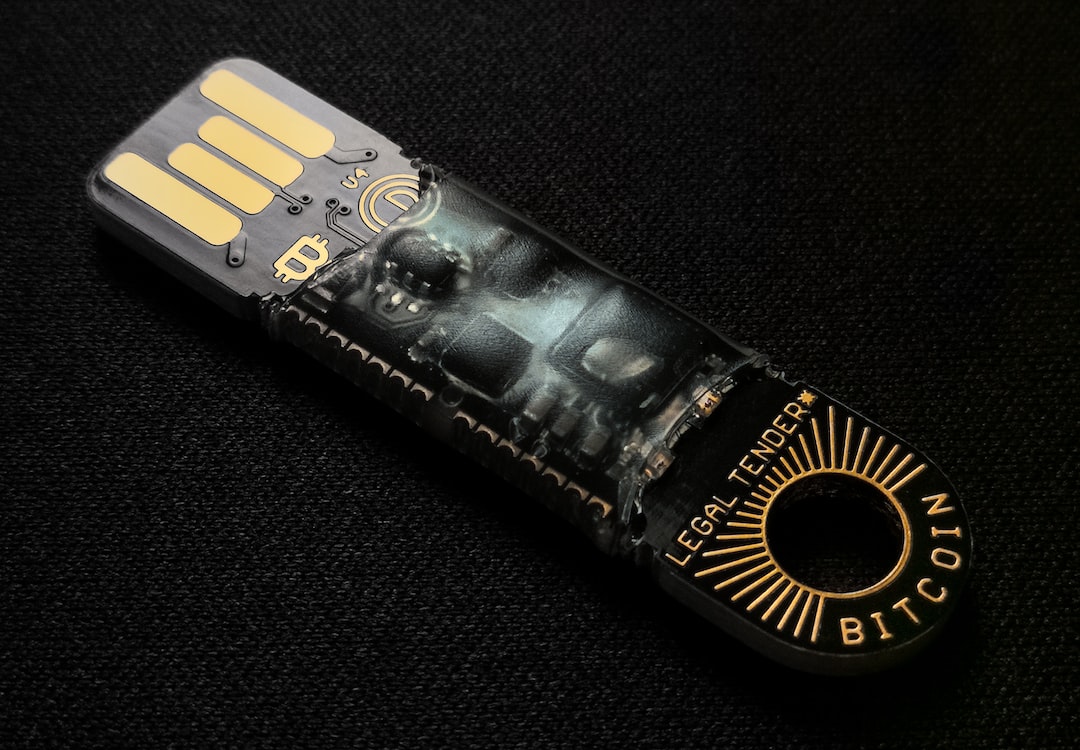Bitcoin-based BRC-20 Tokens Expanding to Other Chains
When the ORDI token reached a market cap of $1 billion, it became the first BRC-20 token to achieve this milestone. Now, other BRC-20 tokens created on Bitcoin are looking to follow suit and gain popularity. These tokens were developed on Bitcoin using a workaround because the network doesn’t have native support for tokens. However, they are now expanding to other chains that do support native tokens.
Tokens and Inscriptions on Bitcoin
Inscriptions on Bitcoin involve associating a satoshi (the smallest unit of bitcoin) with a piece of data, such as an image for an NFT or a token. These tokens, known as BRC-20 tokens, are part of their own collections. When brought to other chains, these token standards are given different names, but the core concept remains the same.
Expanding to Other Chains
BRC-20 tokens are now spreading to other chains that have native token support. For example, there are Ethscriptions on Ethereum, Doginals on Dogecoin, and Solana Inscriptions on Solana. According to data from Dune Analytics, over 200 million inscriptions have been made for thousands of tokens across 11 blockchains apart from Bitcoin.
Surge in Network Activity
This expansion is leading to significant spikes in network activity on these chains. Transactions per day have surged as users mint and transfer these tokens. For instance, the Celo blockchain has seen a rise in daily transactions from 277,000 to 3.7 million.
Interest from Tron Founder
The growing activity has caught the attention of Tron founder Justin Sun, who expressed interest in bringing support for inscriptions to Tron and enabling the creation of BRC-20 tokens on the network.
NFTs on Other Blockchains
In addition to tokens, NFTs are also being launched on blockchains with native NFT support using the inscription approach. For example, Ethereum Punks recreated the original CryptoPunk collection using inscriptions.
Why is this Happening?
The spread of BRC-20 tokens to other chains raises questions about their necessity since these chains already have native token support. Some Bitcoin developers are even trying to eliminate inscriptions due to their impact on network data requirements. However, these tokens are gaining popularity because they allow wider participation in token mining and can be cheaper to transact compared to tokens built natively on blockchains.
Hot Take: Speculation and Cost Efficiency
The expansion of inscription-based tokens may be driven by speculation and the absence of previous pricing metrics or references. Additionally, transacting with these tokens can be cheaper than using tokens built natively on blockchains. Tom Lehman, creator of Ethscriptions, claims that smart contracts are unnecessary and a waste of money compared to the cost-efficient inscriptions approach.
Theon Barrett shines as a distinguished crypto analyst, accomplished researcher, and skilled editor, making significant strides in the field of cryptocurrency. With an astute analytical approach, Theon brings clarity to intricate crypto landscapes, offering insights that resonate with a broad audience. His research prowess goes hand in hand with his editorial finesse, allowing him to distill complex information into accessible formats.

